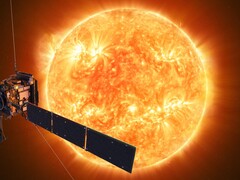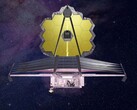The Sun undergoes an 11-year cycle of solar activity. At the end of that cycle, the Sun reaches a point where it becomes very active before calming down again. This point is called the solar maximum. Our Sun reached solar maximum earlier this year.
We saw the effects of this high activity this November. The Sun launched four solar flares and four CMEs from its NOAA Active Region 14274 within a few days. Three of the CMEs hit Earth. The third one was the strongest. It was preceded by an X-class solar flare. This CME was estimated to be travelling at an initial speed of around 1500 km/s. Upon hitting Earth, the CME triggered a strong geomagnetic storm that peaked for six hours before calming to moderate levels.
The storm caused major disruptions down here on Earth. Regions facing the Sun experienced a severe radio blackout that lasted approximately 30 minutes to one hour. Areas across Africa, Europe, and Asia were affected.
One spectacular thing about the geomagnetic storm is that it caused a Ground Level Enhancement (GLE). GLEs occur when charged solar particles penetrate the Earth’s magnetic shield. They are observed by detectors on the Earth’s surface.
Interestingly and thankfully, the storm posed no direct biological risk to humans on Earth. Its impact on critical infrastructure was also minimal. However, the event provided several ESA missions with useful radiation data.






















